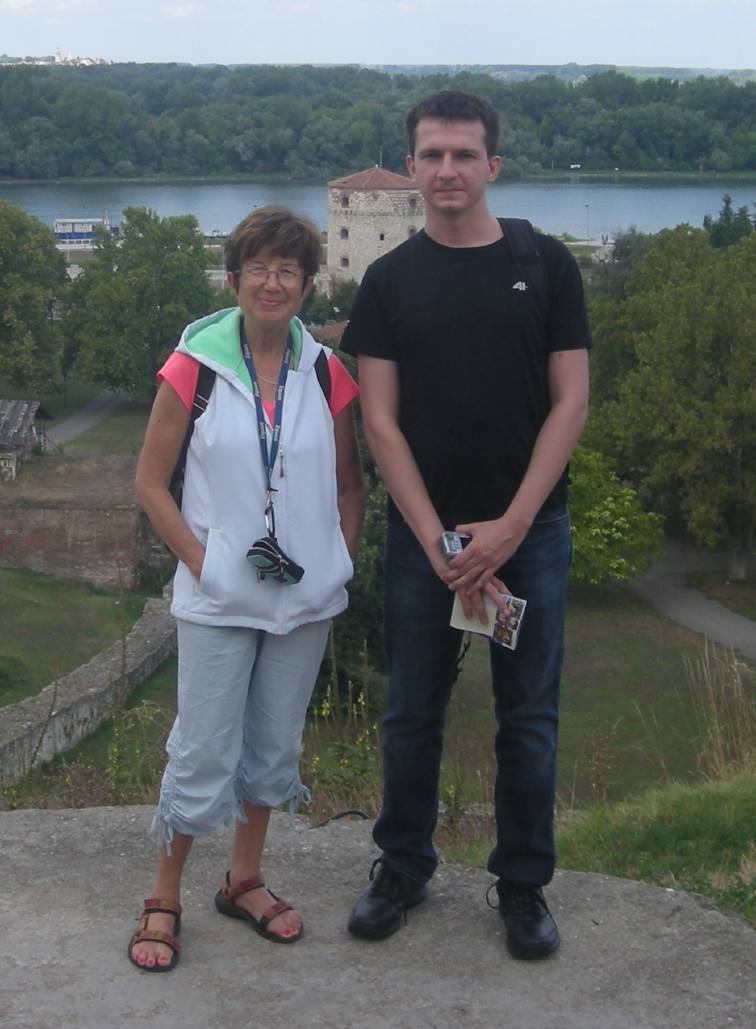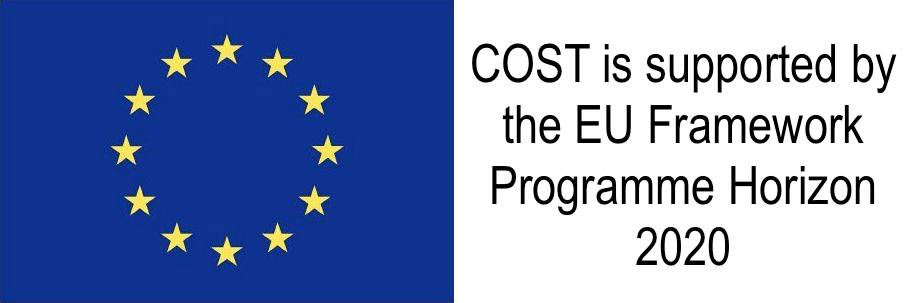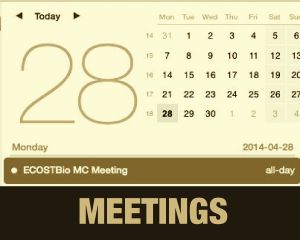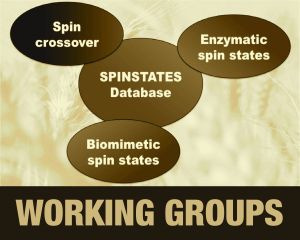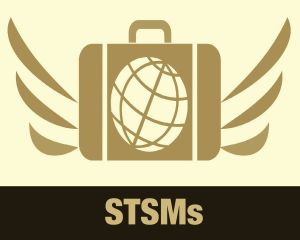Sixth paper from a Short-Term Scientific Mission (STSM) (January 17, 2016)
The collaboration with dr. T. Bucko (Comenius University in Bratislava, Slovakia) and dr. L. Benco (Vienna University, Austria) was established in framework of two STSMs and involves the joint research in the field of periodic calculations with VASP.
Spin-resolved natural orbitals for chemical valence (SR-NOCV) and valence-bond expansion of multiconfiguration CASSCF wave function (in terms of localized active orbitals) served to explain the NO activation (expressed in red-shift of NO stretching frequency) in ammonia-modified zeolites.
The latter approach turned out to be more adequate for this purpose because of imperfect description of the considered adducts by one Slater determinant, used in the former UDFT-based method.
Therefore, we restricted the study of electron transfer channels (within SR-NOCV analysis) only to compare the sites with comparable electron configuration and the type of chemical bonding (σ, π, covalent, dative).
We assumed that this limitation leads to elimination of spurious effects when analyzing the results.
Our work included the calculations for small models labeled as [T1-Co(NO)(NH3)x]1+ (where x = 0, 2 or 3 and T1 is a single aluminum tetrahedron) and for [Co(NO)(NH3)5]2+, non-interacting covalently with the zeolitic framework.
In addition, the extended neutral T12-Co(NO) (no NH3 molecules) cluster cut from periodic structure of chabazite (obtained by VASP minimization during STSM stays) was taken into consideration. This allowed to confirm negligible influence of the charge on the spin distribution in the Co-NO motif and to verify reliability of small models in reproducing NO stretching frequency shift.
It was shown that both DFT methods (with the exchange-correlation part described by BP86 or PBE functional) and CCSD(T) approach gave the switch of the spin ground state from the triplet (non-modified cobalt center) to the singlet (upon NH3 co-adsorption).
Interestingly, singlet and triplet states exhibited strikingly different propensity to activate NO by the modified site.
The major source of activation was the net backdonation of electrons (from the cobalt and lone pair of ammonia molecules) to NO antibonding orbital.
The discussion of electronic factors from SR-NOCV analysis was presented for the three- and five-ammonia adducts, both in singlet spin state.
They exhibited red-shift of NO stretching frequency relative to free molecule, surprisingly larger for three than for five NH3 ligands. Only profound description of electron distribution within the Co-NO motif, based on the discussion of resonance structures: CoINO+, CoIINO, CoIIINO- in the wave function, fully rationalized the NO activation.
Our work was published in Physical Chemistry Chemical Physics, with the fragment of selected periodic structures shown in the supplementary information.
